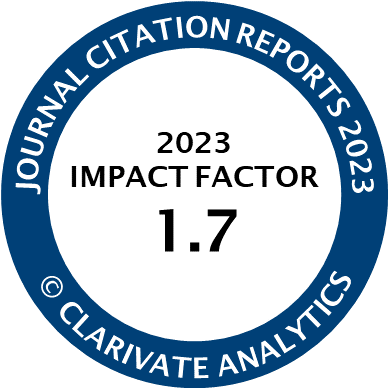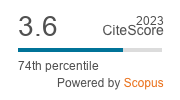Article | Open Access
Does the Homogeneous City Belong to the Past?
| Views: | 4729 | | | Downloads: | 2227 |
Abstract: As the case of Paris embodies, a whole culture of the European city has built its identity and organized the collective life of its inhabitants on the idea of homogeneity. The homogeneous city has thus significantly contributed to the collective self-representation through housing architecture. The strong degree of homogeneity of the nineteenth-century European city undoubtedly represents one of the most vivid examples of an architectural self-celebrating collective moment. This singular urban coherence is one of the few attributes of the traditional city spared by the Avant-gardes in the early twentieth century, for its ability to absorb a large number of variations without compromising the expression of continuity. A careful reading of their three main housing models—the Siedlung, the Hof and the Garden City—could confirm such a perspective, as do Existenzminimum standards. This long-standing tradition now seems to have been broken, since the homogeneous city is no longer considered as a current operating principle for urban planning. In order to understand—and perhaps overcome—the reasons for such resistance to one of the prime elements of European urban history, this article proposes to review its evolution over the last two centuries, focusing on the importance given to housing in the establishment, and the criticism and potential renegotiation of homogeneity as a malleable and latent principle.
Keywords: architecture; European city; housing; urban theory; urban homogeneity
Published:
© Valentin Bourdon. This is an open access article distributed under the terms of the Creative Commons Attribution 4.0 license (http://creativecommons.org/licenses/by/4.0), which permits any use, distribution, and reproduction of the work without further permission provided the original author(s) and source are credited.




